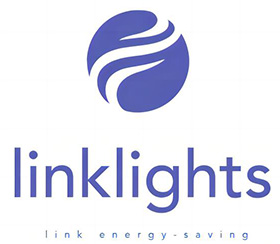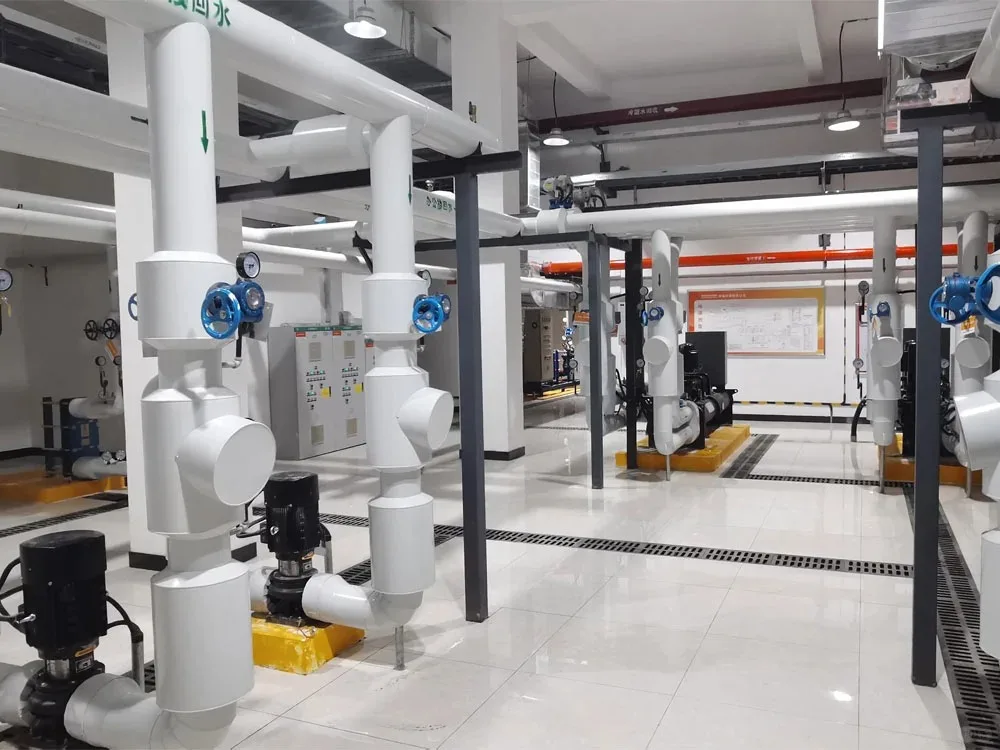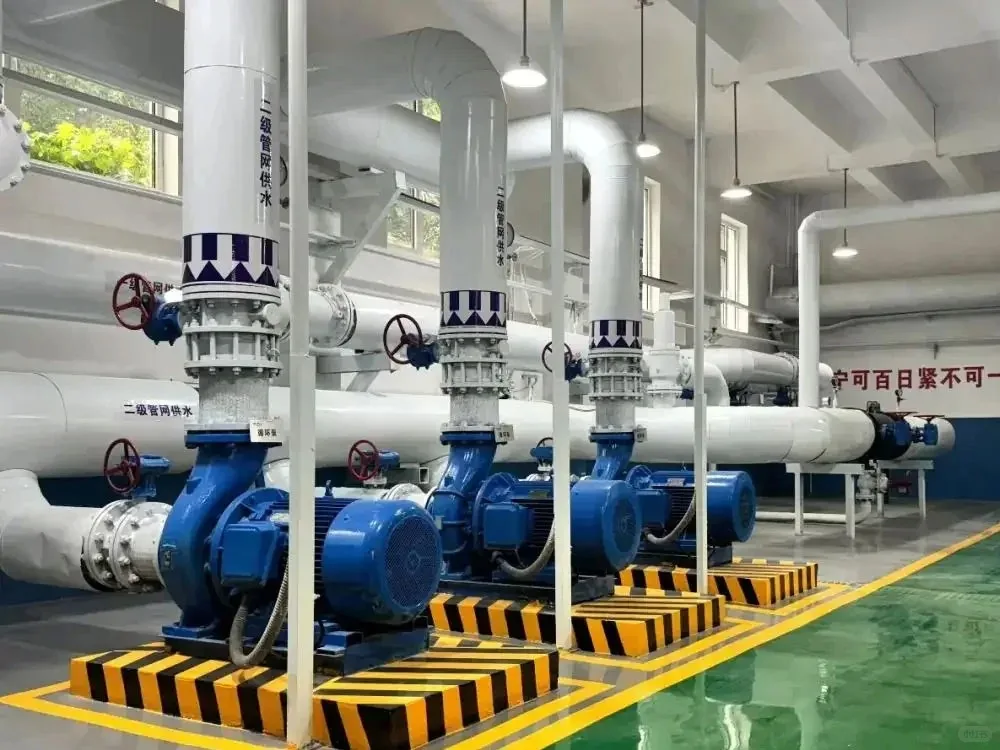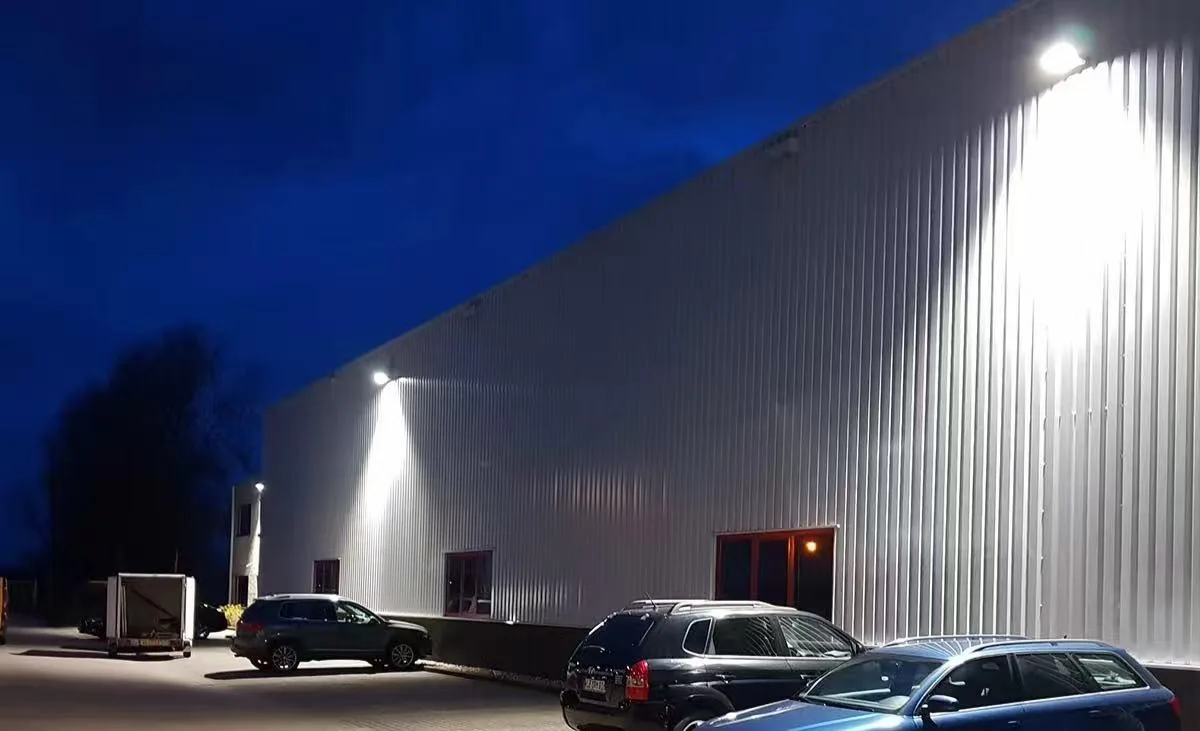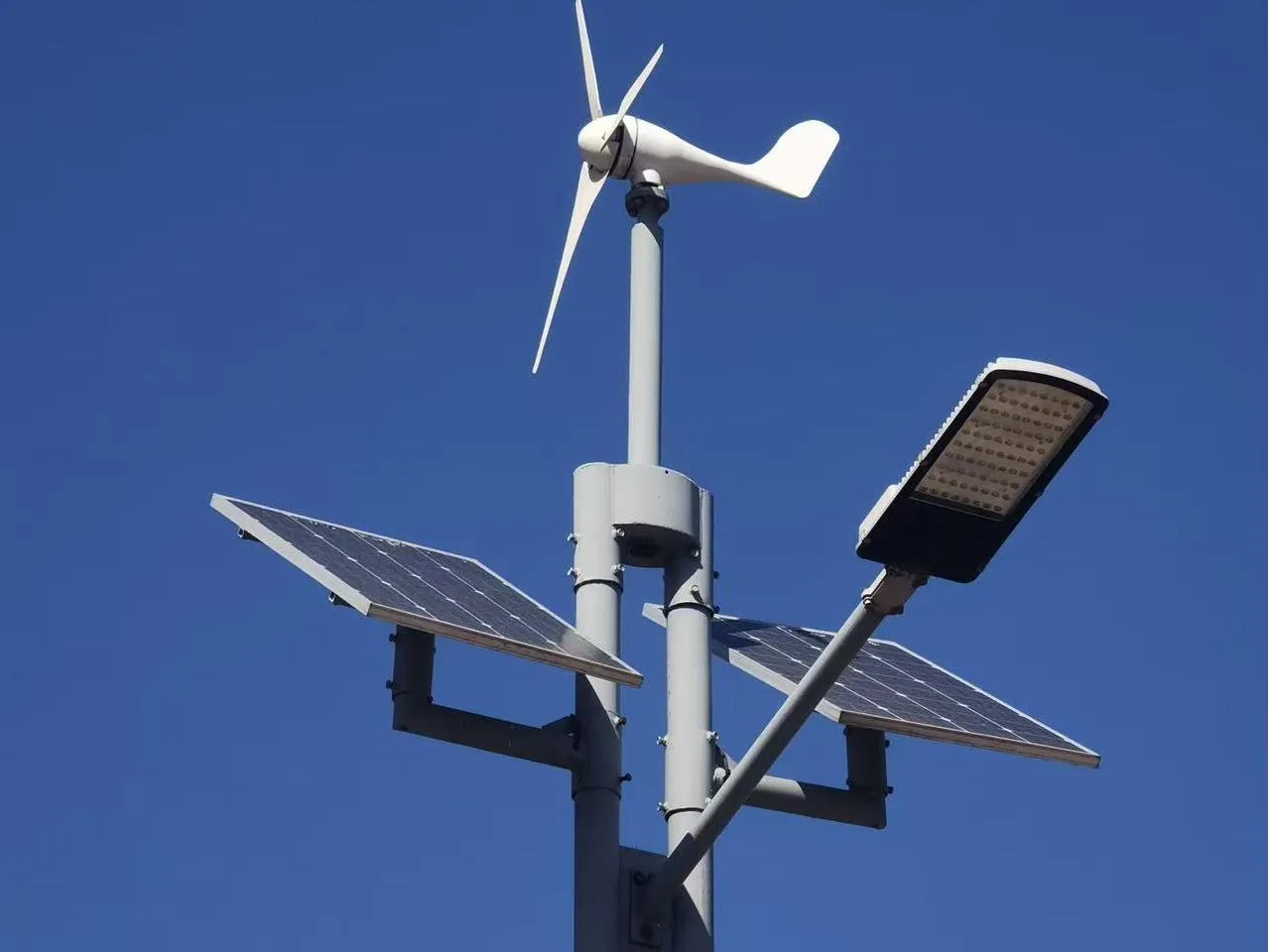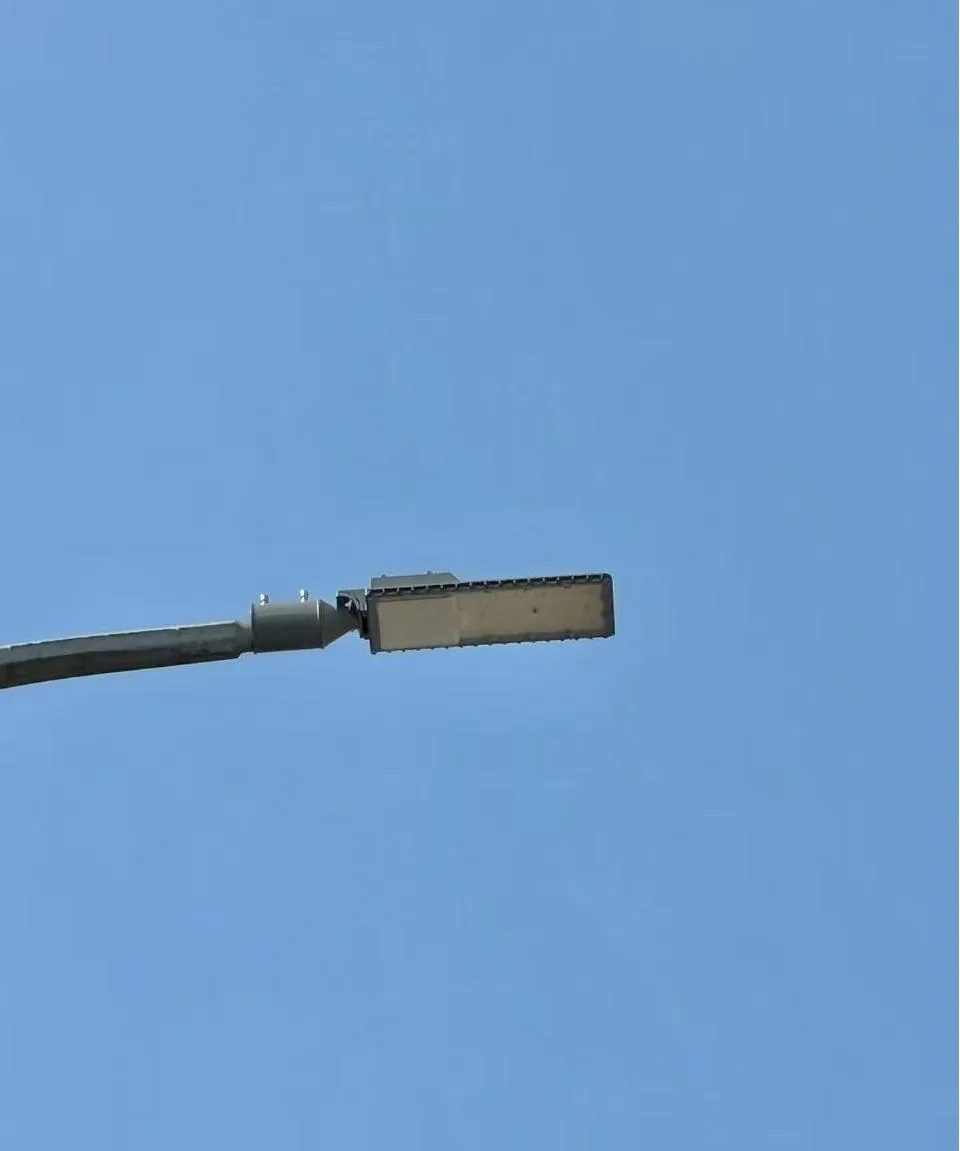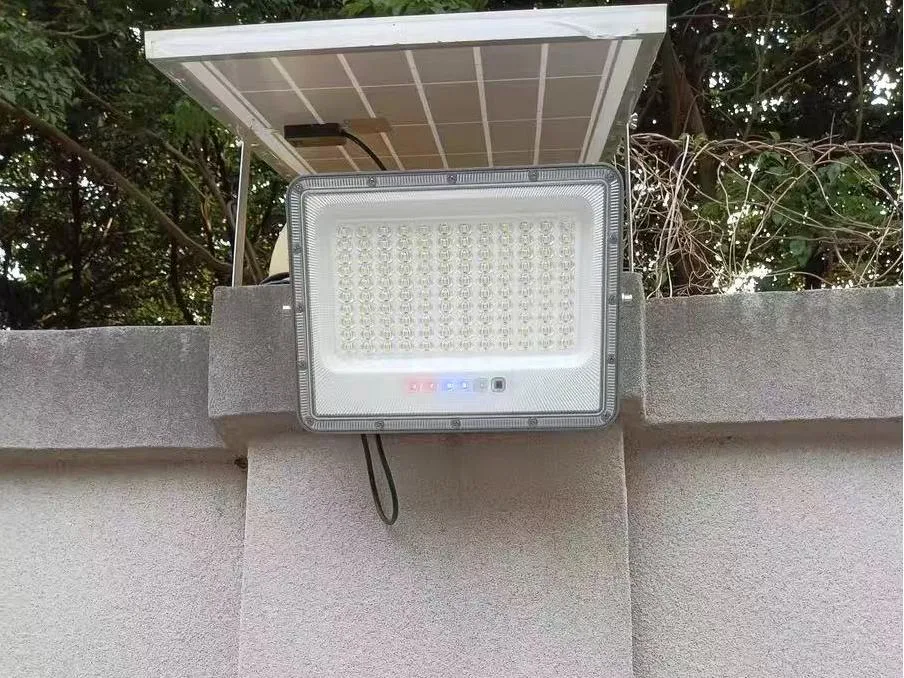The Invisible Frontier of Safety
Every refinery, oil rig, and chemical plant depends on one silent promise:
the explosion proof led light fixture must shine, but it must never cause an explosion.That promise defines led explosion proof lighting — lights built to keep danger sealed inside.For many years, the idea stayed simple: make a tough housing, close every gap, and stop any spark from escaping.
What’s new today is the LED technology inside. Modern explosion proof led lights combine smart optics, safe electronics, and strong materials to protect workers and sites through every shift.Still, one big question remains for engineers and buyers:
“Which explosion proof led light is the right one?”
Let’s find the answer — not with a quick list, but with a clear walk through the rules, science, and value behind safe lighting in hazardous areas.
Inside the Hazard Zone: Why Lighting Matters
Lighting in the Line of Fire
Many people don’t realize how many industries work close to fire risk.
Oil refineries, chemical plants, offshore rigs, textile mills, grain silos, and even battery recycling sites all deal with flammable gases, vapors, or fine dust.
When oxygen mixes with heat, the chance of fire or explosion rises fast.
Lighting is a must in these places — but it also brings risk because it uses electricity.
A small spark or a lamp that gets too hot can cause an explosion.
That’s why experts classify these areas — not out of fear, but to measure how likely ignition could happen.
Reading the Language of Hazard
The Class and Division Code
In North America, safety codes like the NEC (National Electrical Code) and CEC divide hazardous locations into precise categories:
| classification | What It Means | Common Places |
| Class I | Areas with flammable gases or vapors (like methane, hydrogen, or propane) | Oil refineries, paint shops, offshore drilling rigs |
| Class II | Areas with combustible dust (such as grain, coal, or metal powder) | Grain mills, silos, and mining sites |
| Class III | Areas with easy-to-fly fibers or lint | Textile factories and woodworking shops |
Each class has two risk levels: Division 1 and Division 2.
Class 1 division 1 lighting means flammable gas or vapor is often present during normal work. A spark, loose wire, or hot surface could cause an explosion.
Lights in these areas must be fully sealed — no open joints or switches. The housing must be strong enough to hold any internal blast and cool the gases before they escape. These lights are made for Zone 0 or Zone 1 use and must pass strict UL, ATEX, or IECEx tests.
Class 1 division 2 lighting means gas or vapor is not usually there, but it can appear during leaks, cleaning, or system faults. Lights here can use lighter housings, but they must still stop any spark or heat from getting out. Designs often use flame paths, gaskets, and pressure-tested covers to keep everything safe.
In short:
Division 1: Always hazardous → fully explosion-proof.
Division 2: Sometimes hazardous → fault-protected.
Both protect people and equipment, but class 1 division 1 light fixtures are heavier, more complex, and cost more than class 1 division 2 light fixtures.
The Zone System: A Global Perspective
Europe and most of Asia use the ATEX and IECEx “Zone” system instead of the U.S. Class/Division method.
It looks different, but the idea is the same — measure how often danger appears and design lights to stay safe in that level of risk.
| Zone | How Often Danger Appears | Example |
| Zone 0 | Explosive gas is almost always present | Inside fuel or chemical tanks |
| Zone 1 | Gas appears often during normal work | Refinery process floor |
| Zone 2 | Gas appears only sometimes or by accident | Pump rooms or loading docks |
Any certified atex light fittings shows its Zone rating on the label — proof that it was tested for safety and reliability.
How Explosion-Proof Lighting Works — From Design to Certification
How an explosion proof led Is Built
Inside every LED explosion-proof light lies a quiet orchestra of protection layers:
Mechanical defense:
The housing is more than a shell—it acts like a safety tank. It is made from ADC12 aluminum or 316 stainless steel. These metals can hold pressure up to 20 bar and spread heat evenly. This design stops hot gas or flame from leaking through tiny cracks.
Optical control:
The lens is made of PMMA or tempered glass. It lets more than 90 percent of the light pass through but still stays strong. In class 1 division 1 led lighting areas, the lens must resist chemicals and vibration. If it breaks, light could become a fire risk.
Electrical stability:
The constant-current driver is the control center of the light. It has surge and heat protection to stop electric sparks. It also keeps the power factor above 0.95, which means clean and stable current even when the power grid changes.
Thermal design:
The cooling fins are not for looks. They help air move around the lamp and carry heat away. This keeps the surface cooler than the T-code limits (T3 to T6) and avoids self-heating that could cause ignition.
Ingress protection:
The fixture is sealed to IP66–IP68 standards, so dust and water cannot enter. IK10 impact strength means that even if it is hit or dropped, it stays sealed and safe.
Each component serves one goal: prevent internal energy from becoming external danger.That’s why reputable manufacturers don’t just sell brightness — they sell containment integrity.
led explosion proof light Standards: The Science of Trust
Without standards, “explosion proof” is only a sales term.With standards, it becomes a real safety rule and legal proof of quality.
Main Certification Systems
| Standard | Region | Description |
| UL 844 | USA | Sets rules for how hazardous location lights are built, tested, and labeled. |
| CSA C22.2 No.137 | Canada | Same as UL 844, accepted across North America. |
| ATEX 2014/34/EU | EU | Makes sure all electrical products used in explosive areas are designed and tested for safety. |
| IEC 60079 / IECEx | Global | The world standard for explosion-safe equipment. |
A real UL 844–certified light is tested for heat, pressure, sparks, and long-term use.
ATEX and IECEx certificates also trace each batch from the factory to the site, proving quality control at every step.Choosing certified lighting is not a choice—it is a must.
In plant inspections, missing certificates can stop operations or even cancel insurance.
Selecting Smart: Balancing Safety, Cost, and Compliance
When Design Meets Risk: Selecting the Right explosion proof light fixture
There’s no “universal explosion proof light.” Each site demands a tailored approach.
Here’s how experienced engineers think when specifying fixtures.
Step 1: Map the Environment
Check if the area has flammable gas, vapor, or dust, and how often these dangers appear. Review site maps, airflow, and dust buildup. Write down the right Class, Division, Zone, and temperature code—for example: “Class I Div 2 (Zone 2), Group D, T4.” A clear map helps you choose the right explosion proof lamp and stay safe for years.
Step 2: Match Certification and Enclosure
Pick explosion proof light fixtures approved for your zone under UL 844, CSA, ATEX, or IECEx rules. Make sure the label, certificate, and T-code all match. In salty or chemical areas, use 316 stainless steel or coated aluminum housings. Add anti-vibration parts and proper grounding. Real certified explosion proof lighting fixtures keep explosions contained and meet safety laws.
Step 3: Check Temperature and Optics
Explosion proof lights must stay cool and bright. Confirm the T-code fits the real working temperature—often up to 60 °C. Use wide beams for tanks and narrow beams for walkways. Choose light color around 4000–5000 K and CRI ≥ 80 for clear vision. A good balance of heat control and optics gives safe, steady lighting.
Step 4: Add Secondary Safety Features
Add backup power or emergency drivers that keep light on for 90 minutes or more. Use intrinsically safe circuits for live repairs and vibration-proof mounts for mines or offshore rigs. Potted electronics and quick-open covers make servicing easy and safe. These steps keep the lamp explosion proof sealed and working under shock or power loss.
Step 5: Review the Economics
Explosion proof lights save money and power. Replacing 250 W HID lamps with 120 W LEDs cuts energy by half and maintenance by 70 %. Check total cost and payback—usually 1–2 years. Don’t buy higher-rated lights than needed. Safe, efficient design means lower costs and quick returns on your investment.
The Economics of Safety
It’s a paradox: safety lighting often justifies itself through cost savings.
While a class 1 division 2 lighting fixture costs more upfront than a conventional HID, the payback is typically less than two years.
| Metric | HID 250W | LED 100W Explosion-Proof |
| Luminous Efficacy | 90 lm/W | 160 lm/W |
| Power Draw | 250W | 100W |
| Service Life | 12,000 h | 100,000 h |
| Maintenance | Annual | 5+ years |
| ROI (average plant) | — | 18 months |
Every 100 fixtures replaced can save up to US$15,000–25,000 annually in energy and labor.That’s why safety investments often show up on CFO spreadsheets, not just in safety reports.
Real-World Applications and Industry Cases
Oil Refineries
Refineries run all day in high heat with gas leaks and vibration from big machines. Explosion proof led light fixtures must handle both heat and flammable gas. Use T4 or higher fixtures with IP67 sealing to block oil and water. Aluminum or stainless housings resist rust, and anti-vibration design stops wire wear. These features keep lighting safe and steady.
Chemical Plants
Chemical plants often release solvent vapors that can catch fire. explosion proof fixtures must meet ATEX Zone 1 or Class I Div 1/2 rules. Anti-static coating lowers spark risk, and shatterproof glass stops broken parts from falling into the process. Fixtures need smooth surfaces and tight seals to resist chemical fumes. Certified lights prevent both fire and product loss.
Mining & Tunnels
Mines and tunnels have dust, heat, and vibration all the time. Lights must be dustproof, heat-resistant, and shockproof. An IK10 rating protects against falling tools or rocks. 12–24V low voltage adds extra safety underground. These strong explosion proof led lighting fixtures give clear vision and protect workers in tight, rough spaces.
Paint Booths
Paint booths are full of flammable spray mist. Use class 1 div 2 light fixtures for safety. They give even, flicker-free light with high color accuracy, so workers can match colors correctly. The sealed housing keeps out solvents and stops sparks from starting fires.
Food & Grain Industries
Fine dust from flour or grain can easily explode. Choose class 1 div 1 light fixtures with smooth, easy-to-clean surfaces and food-safe coatings. These lights prevent dust buildup and handle regular washing. Good lighting improves safety, cleanliness, and product quality at the same time.
Offshore Platforms
Offshore rigs face salt air, waves, and vibration. Use marine-grade explosion proof led flood light with IP68 sealing and anti-corrosion finishes. Stainless parts and tight mounts stop loosening in storms. These lights keep working for years, helping crews see clearly during drilling, repairs, or emergencies.
No matter the site, one truth stays the same:explosion proof lighting is part of the safety system—not just a tool to see.
Certified explosion proof led fixtures manage heat and energy, stop sparks, and protect people, equipment, and uptime.Choosing the right explosion proof lighting led isn’t only about safety or cost.It reflects how we think about reliability, design, and trust. That belief shapes the next chapter — The Philosophy of Light: Safety, Trust, and Legacy.
The Philosophy of Light: Safety, Trust, and Legacy
The Aesthetic of Function: Designing Light for Danger
Led explosion proof lights are not made for show, but they have their own quiet beauty.
Their design follows one rule — to protect life.
Thick metal walls, tight gaskets, and hidden strength make them safe.
Every screw and every seal is a small choice between safety and danger.
LEDs did more than replace old lamps; they changed how we light dangerous places.
Final Reflections: The Economics of Safety and Trust
In the end, choosing the right LED explosion-proof lighting is not just an engineering task.It’s a declaration of how much value you place on human life, operational uptime, and long-term cost efficiency.
An intelligent buyer doesn’t chase the cheapest fixture — they invest in the most defensible design.
They understand that a single Class 1 Division 1 certified luminaire is not an accessory; it’s insurance, performance, and compliance rolled into metal and glass.
When you choose LinkLights, you choose lights that have passed every standard that matters — and several that aren’t yet mandatory.
Because in hazardous areas, “good enough” is never enough.
